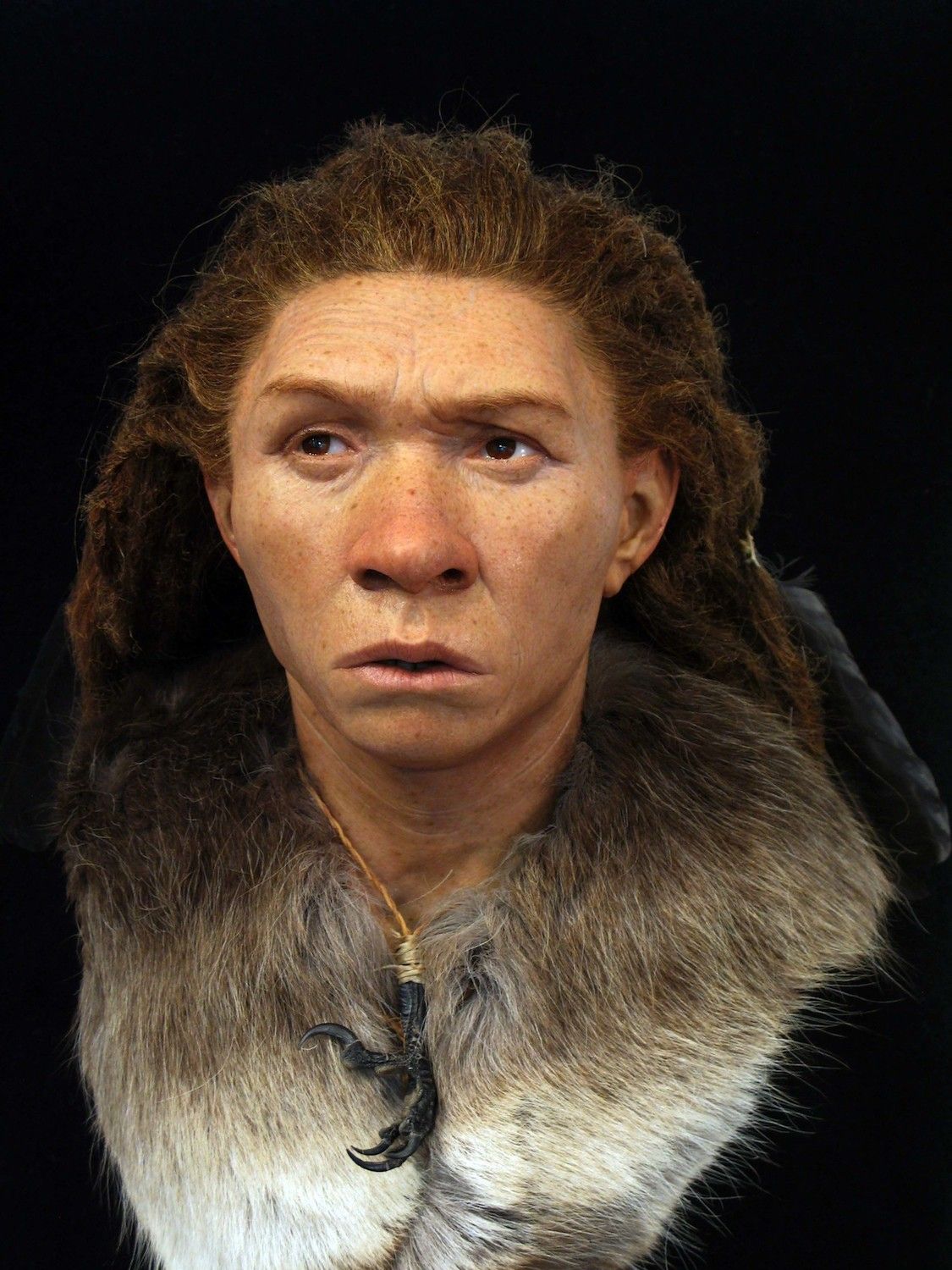Cro-Magnon is the name given to the first early modern humans (Homo sapiens) of the European Upper Paleolithic. The name comes from the location where their remains were first found in 1868, in a rock shelter at Les Eyzies de Tayac, Dordogne, France. Cro-Magnon specimens are anatomically similar to Homo sapiens sapiens and are considered to be direct ancestors of contemporary Europeans. They lived between approximately 45,000 and 10,000 years ago in the Aurignacian period of the Upper Paleolithic.
The Cro-Magnon 1 skull was discovered by workers quarrying limestone near les Eyzies de Tayac on 5 December 1868. It was originally thought that this skull represented an extinct Neanderthal variety or a primitive member of Homo sapiens. However, further study revealed that it belonged to a previously unknown species which Louis Lartet named Homo sapiens fossilis (later renamed Homo sapiens cro-magnonensis). The find proved controversial and sparked much debate amongst archaeologists and anthropologists at the time. Subsequent excavations at other sites across Europe uncovered more remains of early modern humans which helped to confirm the new species classification.
Today, there is little doubt that Cro-Magnon 1 and other early members of Homo sapiens were fully human. They possessed a well-developed brain case with a cranial capacity slightly larger than that of contemporary humans; had a prominent brow ridge; and exhibited facial features which were intermediate between those seen in Neanderthals and modern humans. In addition, they made sophisticated stone tools using techniques which were very similar to those used by their Neanderthal contemporaries. It is now thought that Cro-Magnons were probably responsible for creating the world’s first artworks – cave paintings found at sites such as Lascaux in France date back to around 32,000 years ago (the Aurignacian period), coinciding with when Cro-Magnons are known to have inhabited Europe.
So far as we know, Cro-Magnons were the first early modern humans to migrate out of Africa into Eurasia – prior to this time all human populations were confined to Africa where our species originated around 200,000 years ago. It is thought that they initially moved into southern Europe before slowly spreading northwards and eastwards across the continent over subsequent millennia. This process continued until around 10,000 years ago when Cro-Magnons reached what is now western Russia; beyond this point there is no evidence for any further expansion eastwards due presumably to geographical barriers such as mountains and deserts impeding migration routes (the Bering Strait land bridge connecting Asia with North America was not yet formed at this time).
The precise reasons why Cro-Magnons decided to leave Africa remain unknown but it has been suggested that population pressures or environmental changes may have played a role in triggering migration events. Once established in Eurasia these early humans quickly adapted to different climatic conditions – archaeological evidence shows that they occupied regions as diverse as Spain (where they hunted reindeer), Romania (where they gathered wild fruits) and Italy (where they fished for shellfish).
Although often portrayed as living primitive lives akin to hunter-gatherers today, recent research suggests thatCro – Magnons may have actually led relatively settled existences characterised by long periods spent residing in permanent settlements interspersed with bouts of mobile hunting and gathering activities undertaken seasonally or opportunistically when resources were low . This interpretation is supported by finds such as burial sites containing multiple individuals suggesting social cohesion within groups , dwellings constructed from mammoth bones arranged into circular patterns suggestive of some form of communal activity ,and storage pits containing large quantities oftools , weaponsand other objects . Allof these discoveries challenge previous assumptions about life duringthe Upper Paleolithic eraand painta pictureof agroup offully -fledgedhumans whowere already beginningto leadcomplexlives .


